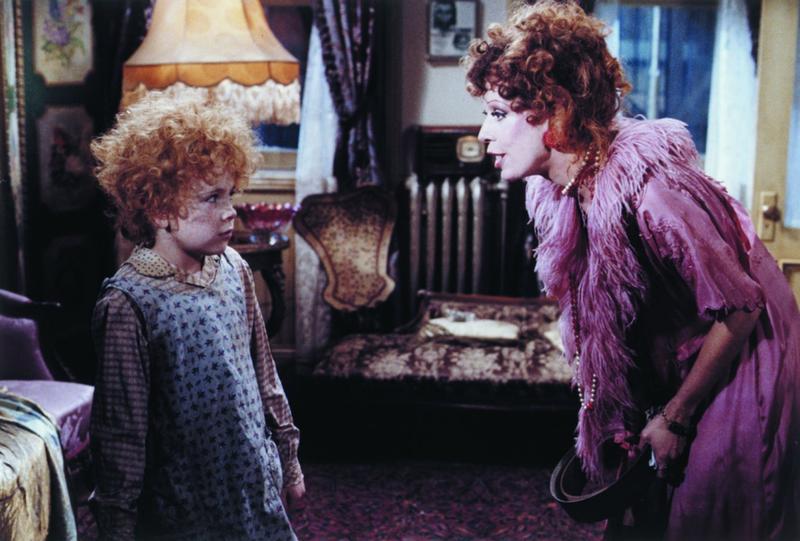Early Adoption Practices: Child Slavery in Disguise?
By | July 5, 2019

Today, adoption is considered a blessing. A couple who wants a child but can’t conceive is united with a child in need of parents in what is ideally the perfect solution to both problems. However, adoptions in history were not always so well-intentioned or mutually beneficial.
Adoptions of ancient times were often designed for the sole benefit of the adults. In ancient Rome, adoptions often occurred when a wealthy family was in need of an heir. This was the case with several Roman emperors such as Hadrian and Marcus Aurelius, who were both adopted. But not all orphans were lucky enough to become heirs. Many adoptive parents were not looking for a child to love and raise as their own but were instead looking for free labor. For centuries, families would adopt children because they needed extra help tending the farm or working in the family business.

The practice of adopting male heirs declined during the Middle Ages due to greater importance placed on bloodlines. Around this time, the Catholic Church began to oversee the adoption process in the interests of the children, setting standards for their treatment. The settlement of the future United States led to an increase in orphans due to war, poverty, disease, and other tragedies. During that time, most adoptions were informal with a relative taking in the orphaned child. This continued to be the norm until the 1850s.

In 1851, Massachusetts became the first state to pass an adoption law. The law required adoptive parents to have consent from the child’s current guardians or parents and to demonstrate the ability to raise the child. The Civil War, along with an increase in immigration during the 19th century, led to yet another influx of orphaned children. Thousands of homeless children were living on city streets, particularly in New York.

This led protestant minister Charles Loring Brace, founder of the Children’s Aid Society of New York in 1853, to come up with a plan to get the children off the streets and into homes. As a result of his plan, between 1859 and 1929, 200,000 children were put on so-called “Orphan Trains” and transported from coastal cities to rural areas. Much like the adoption practices of old, these children were often expected to earn their living; however, this was considered preferable to having them live on the streets. This plan was the beginning of America’s foster care system.

In 1909, President Theodore Roosevelt gave a speech on the importance of getting children out of orphanages and into homes. This led other states to implement adoption legislation. After World War I, a drop in the population caused by the war and the influenza outbreak of 1918 as well as the development of baby formula led to an increase in couples wanting to adopt. Closed adoptions were preferred at that time. By the 1950s, there were more prospective parents than infants in need of adoption due to an increased availability of effective contraception, the legalization of abortion, and an increase in the number of unmarried women choosing to keep their babies.

By the 1970s, open adoptions became more prevalent. This allowed the adoptive parents to remain in contact with the birth mother and, in some cases, the birth mother could visit the child. During the end of the 20th century, international adoptions became popular, particularly among celebrities. Many American couples provide homes to children orphaned by disease, war, or in some cases, population control laws. While there remain a number of flaws in the system, adoption has come a long way since the days of children being adopted as slaves.

